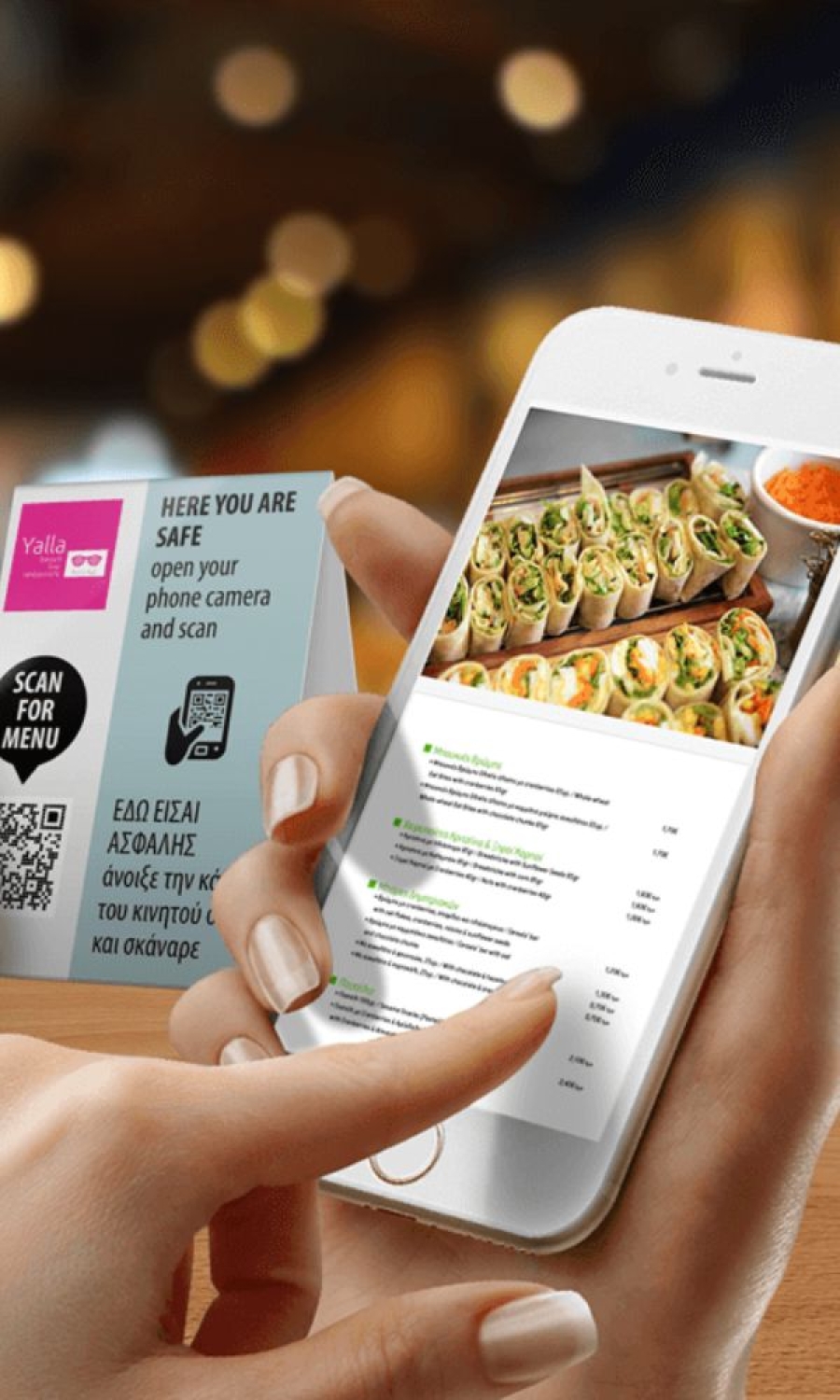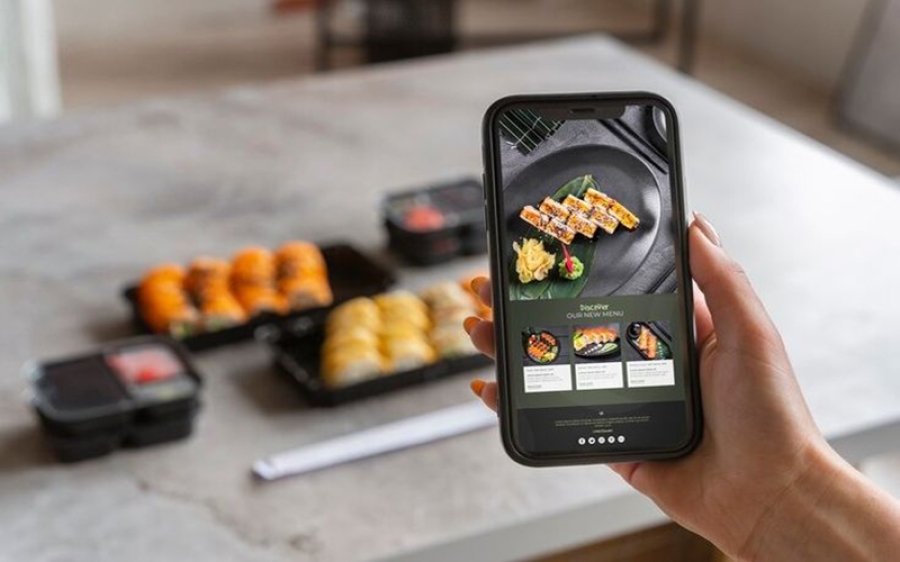Next-Level Dining: Unveil Your Menu with QR Code Simplicity
Introduction:
In an era where technology continually transforms our daily lives, the restaurant industry is no exception. QR codes have emerged as a game-changer, simplifying the dining experience and enhancing efficiency in ways previously unimaginable. Let’s delve into how QR code menus are revolutionizing the restaurant industry and why this digital transformation is essential for the modern dining experience.
1. Introduction to QR Code Menus
QR codes, or Quick Response codes, are two-dimensional barcodes that can be scanned with a smartphone to quickly access digital content. In the context of restaurants, these codes replace traditional paper menus, allowing customers to view digital menus on their own devices. This shift to digital menus represents a leap towards greater convenience and efficiency for both diners and restaurant staff.
2. The Convenience of Digital Menus
QR code menus offer unparalleled convenience by eliminating the need for physical menus. Diners can simply scan a QR code placed on their table or at their seat to access the menu instantly. This approach not only speeds up the ordering process but also reduces wait times, allowing customers to browse and place orders at their own pace.
3. Enhancing Safety and Hygiene
In the wake of the COVID-19 pandemic, hygiene has become a top priority for restaurants. QR code menus address this concern by minimizing physical contact. With digital menus, there’s no need for customers to handle physical menus that are frequently touched by others. This touchless experience promotes a safer dining environment and aligns with health and safety guidelines.
4. Real-Time Menu Updates
One of the significant advantages of QR code menus is the ability to update menu items in real-time. Restaurants can make immediate changes to their digital menus, including updating prices, adding new dishes, or removing out-of-stock items. This flexibility ensures that customers always have access to the most current information, reducing misunderstandings and enhancing satisfaction.
5. Streamlining Restaurant Operations
QR code menus not only benefit customers but also streamline restaurant operations. By digitizing the menu, restaurants can reduce the need for printing and reprinting physical menus. This not only saves on paper costs but also reduces the environmental impact associated with traditional menu printing. Additionally, digital menus can be integrated with point-of-sale (POS) systems, automating order entry and improving order accuracy.
6. Personalizing the Dining Experience
Digital menus offer opportunities for personalization and engagement. Restaurants can use QR codes to provide tailored recommendations based on customer preferences, dietary restrictions, or past orders. This level of personalization enhances the dining experience, making it more enjoyable and memorable for guests.
Conclusion
QR code menus represent a significant advancement in the restaurant industry, offering a range of benefits from convenience and safety to operational efficiency and customer engagement. By adopting QR code technology, restaurants can enhance the dining experience, streamline their operations, and stay at the forefront of digital innovation. Whether you’re a small café or a large restaurant chain, QR codes offer a practical and forward-thinking solution for modernizing your menu and elevating the customer experience.








